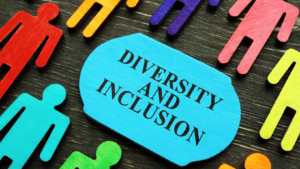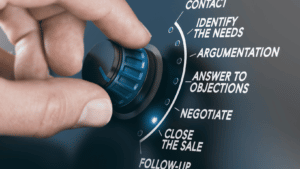Do you agree whatever you are doing, you see ads everywhere? Whenever you scroll through social media or a website, you see a sponsored ad appearing in your news feed or pop up ad. Even while driving past the bus stops, you see billboards.
When you are watching meditation videos on YouTube, alas! Your time gets interrupted by ads. They seem to be in your face everywhere. This is the exact opposite of experiential marketing.
What consumers appreciate is ad free streaming, just watching the content they enjoy. That pure pleasure of watching without any unnecessary disturbances! So how do you capture consumers’ attention and engage an elusive audience? The answer can be found in the question itself – you engage them.
Instead of bombarding consumers with unsolicited ads, you engage them by creating an emotional and meaningful connection that moves them into interacting with you or your business in real time. The initial ad disturbance then becomes part of their experience with you and an enjoyable one at that! For the uninitiated, this is what experiential marketing is all about.
Experiential marketing is a marketing strategy that seeks to engage the consumers while creating an enjoyable and memorable real life experience for them. It openly gets consumers to be actively involved in the brand’s evolution aka engagement marketing.
With advancing technology and evolving consumer behaviour, most consumers desire meaningful interaction and personalized experiences with a brand before buying its products or services. Hence experiential marketing is vital to every company that wants to enjoy continual business turnover.

Process and Milestones
There are five components to successful experiential marketing – authentic storytelling, sensory engagement, personal interaction, emotional impact and experience sharing. Experiential marketing builds a lasting impression between your brand and consumers, making your brand a memorable shade of red among the mass monochrome of competition that pops up everyday in their lives.
In every campaign, it is normal to set specific goals and establish parameters to measure key performance indicators (KPIs). These objectives and goals will differ for every brand and for every campaign. They may include increasing brand awareness or sentiment, lead generation, building relationships, heightening product or service interaction, identifying target audience, increasing social engagement, creating great memories or improving sales.
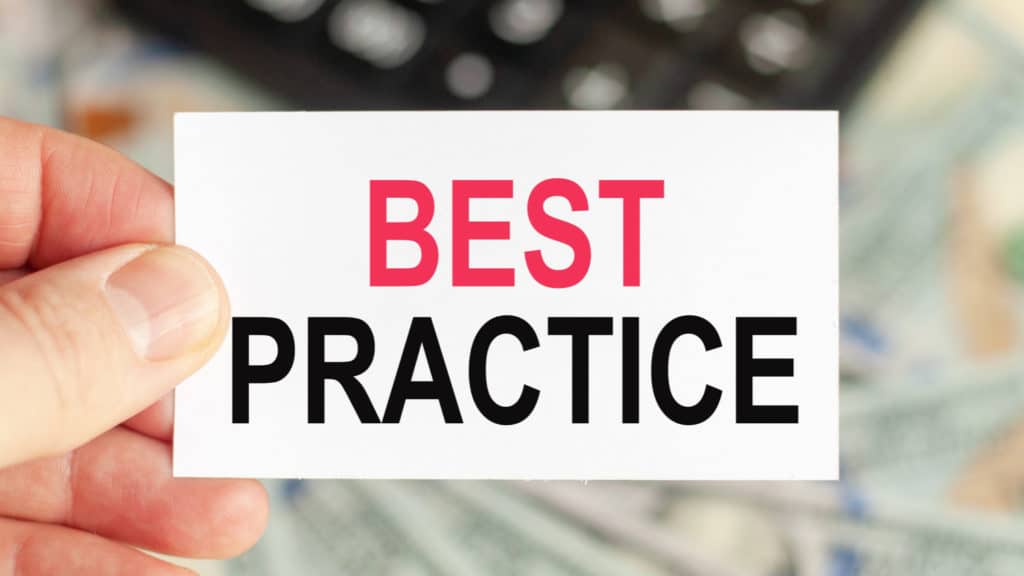
Best and Worst Practices
As experiential marketing is to build brand awareness and loyalty between your brand and consumers, some of the best practices to follow and implement are understanding consumption situation and experience, conducting quantitative target market research, creating brand engagement strategies and performing regular follow ups with consumers.
Some of the epic no-nos or worst practices are carrying out campaigns that might overlap with events, holidays or culturally significant moments, failing to check the weather forecast for conducting outdoor events or carry out thorough health and safety checks before any activation of chemical usage, failing to seek approval from the authorities for any planned activities or carry out a trial run before the campaign especially if it involves machinery and equipment etc.
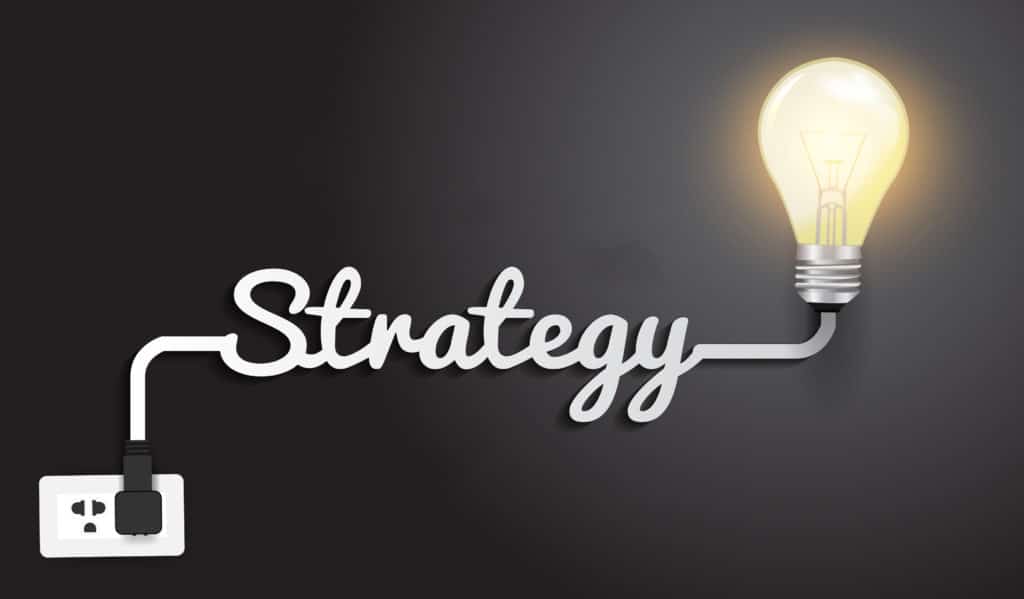
Incorporation of Experiential Marketing Strategies
A number of common ways to track the success of your strategies are through participation, social media engagement, brand awareness and sales turnover. Depending on what you want to measure, the number of participants can be evaluated by monitoring the numbers of attendees or giveaways.
For social media engagement, have an employee track the statistics before, during and after the campaign on all social media channels, website and blog. Has there been a significant number of comments, mentions, likes or shares?
Brand awareness can be tracked by conducting onsite or offsite short and precise surveys, provided there is an incentive. Consumers are more likely to participate or complete the survey if they have an incentive, just like the carrot and stick approach. In this way, you can discover their feelings, responses and awareness regarding your brand while the memories are still fresh in their minds.
Similar to social media engagement, sales figures can be tracked before, during and after the campaign to check the effectiveness of the campaign. Sales patterns will also provide insights on consumer behavior and buyer personas.
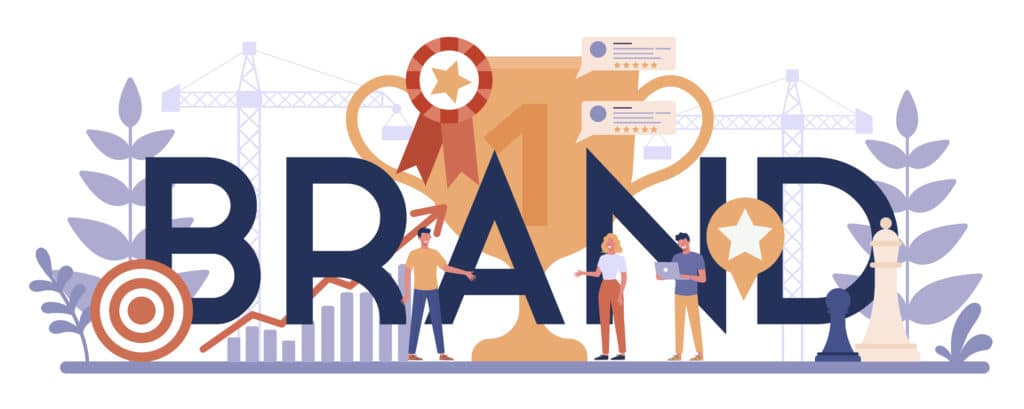
Create Value and Make An Impact
If you make consumers happy, they are more likely to stay loyal to your brand. When you create an experience that engages them, making them feel that emotional and meaningful connection, that aha moment is when they see value in the products or services you are offering. This memorable experience then casts a lasting impression and in turn, drives word-of-mouth advertising.
Consumers are more likely to purchase something when their family member or friend recommends it. Therefore, if you engage in experiential marketing, it will help you gain an edge over your competitors and get more sales because your consumers are your “brand ambassadors”. A well-executed experiential marketing campaign turns consumers from passive viewers into active participants.
More Tips to Successful Experiential Marketing
One of the most common ways to successful experiential marketing is to put yourself into the consumer’s shoes and ask yourself what do you desire if the very same product or service is being “pushed” to you. What kind of experience are you looking for?
Talk to as many people as possible, stay open and receptive to feedback because knowing what consumers want and authenticity are key to creating value and a lasting impact when it comes to experiential marketing.
Do you need to develop successful experiential marketing campaigns, fine tune processes and drive consumer loyalty in your organization? Write to us at info@businessacademia.co
Business Academia’s Vision
Our goal is to connect the space between Business Goals, Results and People’s Engagement with consultancy services, tailored experiential workshops and training. We use effective facilitation methods such as Design Thinking to define, together with you, how to engage and motivate people to the desired Change and Action.
More information @ www.businessacademia.co


